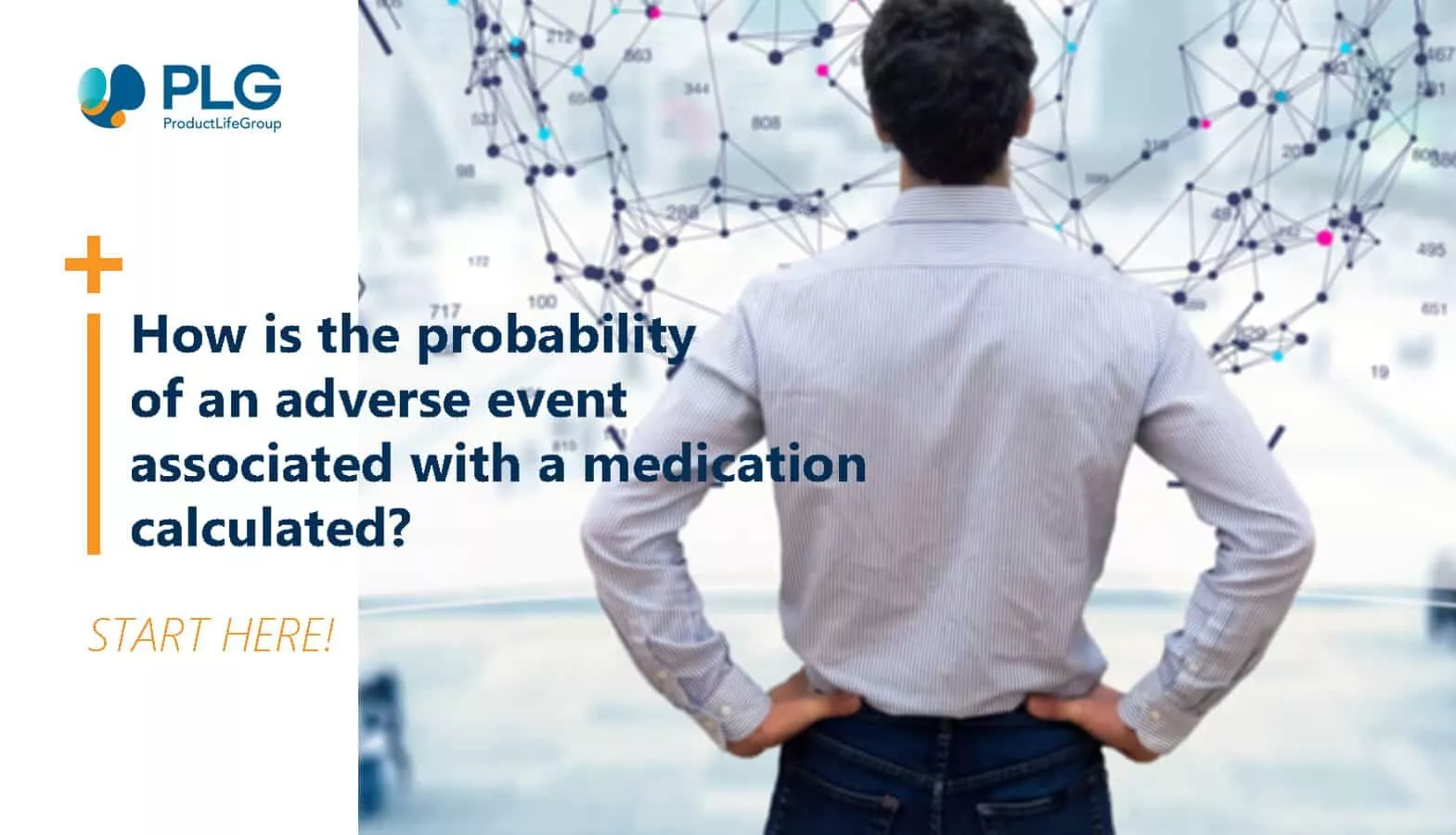
Comparison between WHO-UMC causality assessment and Naranjo ADR probability scale
18 july 2023

Causality Assessment Methods: WHO-UMC vs Naranjo ADR Scale
Assessing causality, or the probability of an adverse event related to a drug or medication, is critical to pharmacovigilance and drug safety. It contributes to the thorough evaluation of the risk-benefit profile of medications. Researchers have developed various methods to evaluate the causality of adverse events; however, there is no universally accepted method. Two commonly used methods for causality assessment are the WHO-UMC (World Health Organization-Uppsala Monitoring Centre) method and the Naranjo Adverse Drug Reaction (ADR) probability scale. While both approaches serve the same purpose, their methodology and application differ. Let’s delve into the positives and limitations of each method.
Key Benefits of WHO-UMC Causality Assessment
WHO-UMC Causality Assessment: The WHO-UMC method is a widely accepted and frequently used causality assessment tool in drug safety. It offers several positives:
- Widely accepted: The WHO-UMC method has gained widespread acceptance in the medical community, making it a trusted tool for assessing causality.
- Comprehensive approach: This method creates a broad clinical framework by considering various factors. It evaluates the temporal relationship between drug exposure and the event, the presence of alternative explanations, results of dechallenge and rechallenge, and the drug’s pharmacological properties. The WHO-UMC method provides a holistic view of causality by considering multiple aspects.
- Structured and standardised: The WHO-UMC assessment provides a structured and standardised approach, ensuring a logical and systematic scientific evaluation. This aspect facilitates comparisons across studies or databases.
- Suitable for various types of data: The WHO-UMC assessment can be applied to different types of data, including spontaneous reports, clinical trials, and observational studies. Its versatility allows for its utilisation in diverse contexts.
However, the WHO-UMC method does have some limitations:
- Subjectivity: Despite its structured approach, the assessment may still involve subjective judgment due to different assessors’ interpretations of individual criteria. This subjectivity may introduce variability and affect the consistency of the results.
- Limited quantification: The WHO-UMC method does not provide a quantitative probability estimate for the causality. Instead, it categorises the causality into predefined categories such as certain, probable, possible, unlikely, or unclassified. While this categorisation is useful, it lacks a precise quantification of the causality likelihood.
- Dependency on available information: The assessment heavily relies on the available information, which may vary in completeness and quality across different sources. Inadequate or incomplete data can impact the accuracy of the causality assessment.
- Lack of consideration for dose-response relationship: The WHO-UMC method does not explicitly consider the dose-response relationship between the drug and the adverse event. This relationship is often crucial in establishing causality and may limit the method’s ability to capture certain types of adverse events fully.
Naranjo ADR Probability Scale:
The Naranjo ADR probability scale is a simpler tool that assesses the probability of a drug-related adverse event. It has its own set of positives:
- Easy to use: The Naranjo scale is a user-friendly and straightforward questionnaire-based tool that healthcare professionals can easily administer. Its simplicity allows for quick and convenient assessment.
- Includes dose-response assessment: Unlike the WHO-UMC method, the Naranjo scale explicitly includes questions to evaluate the dose-response relationship between the drug and the adverse event. This considerably enhances the accuracy of the causality assessment.
- Provides a quantifiable score: The Naranjo scale assigns scores to each question, calculating a total score representing the probability of the adverse event being drug-related. This quantitative aspect provides a clearer assessment of causality likelihood.
- Considers the historical context: Previous conclusive reports and documented evidence of prior drug-adverse event association are integrated into this method. The incorporation of historical data enables a more thorough investigation of causality.
However, the Naranjo ADR probability scale has its limitations:
- Limited scope: The Naranjo scale primarily focuses on the relationship between drug exposure and adverse event without considering other factors, such as the drug’s temporal relationship or pharmacological properties. This narrow focus may limit its ability to provide a comprehensive causality assessment.
- Simplistic scoring: The scale uses a simplistic scoring system, which may not fully capture the complexity of the relationship between the drug and the adverse event. The simplicity of the scale may overlook certain nuances or subtleties crucial for accurate causality determination.
- Lack of standardisation: The Naranjo scale’s interpretation and application can vary between users due to the reliance on the assessor’s knowledge. Due to the importance of expertise and experience, the reliability and comparability of the assessment may be compromised.
- Limited applicability: Some of the criteria present are restricted to certain study types or rely on the availability of specific investigations. This inadvertently causes some criteria to be unsuitable, as a result in this hindering their universal applicability.
Comparing WHO-UMC and Naranjo: Assessing Causality in Adverse Drug Events
In conclusion, the WHO-UMC causality assessment and the Naranjo ADR probability scale are commonly employed methods for evaluating the causality of adverse drug events. The choice between these methods depends on the specific context, available data, and user preferences. While the WHO-UMC method offers a comprehensive and standardised approach, the Naranjo scale provides a simpler and more quantifiable assessment. Using these methods in conjunction with other assessment tools is often recommended to enhance the accuracy of causality determination.
Assessing Causality: WHO-UMC vs Naranjo ADR Scale
Casualty is an important parameter in routine pharmacovigilance activities like ICSR, literature monitoring, signal management and PSUR/PADER. We PLG support the causality assessment for medical review during case processing, signal management and PSUR/PADER. The team comprises dedicated medical advisors, professionals and specialists, allowing PLG to deliver a comprehensive range of vigilance needs on diverse product portfolios and various pharmaceuticals.
Register to our news and events
Go to our Events to register
Go to our News to get insights
